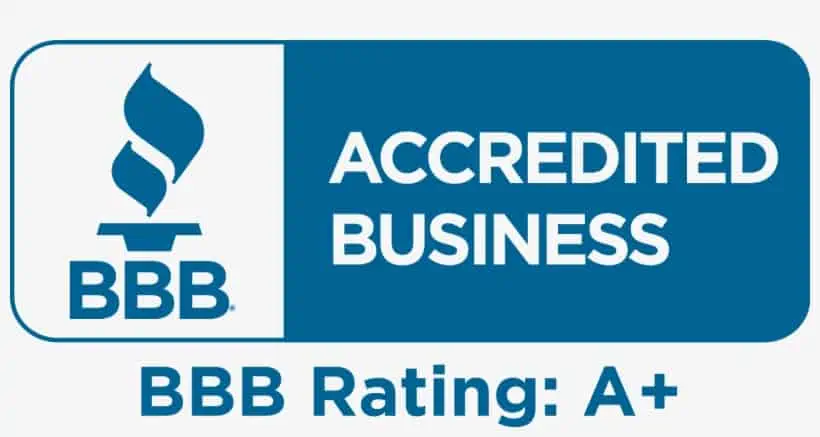
The Solo 401k participant typically makes her annual Solo 401k plan contribution when she completes her business’s tax return for the year. As a result, the Solo 401k participant can usually determine her IRC Sec. 404 deduction limits before making her Solo 401k contribution, thus preventing any excess Solo 401k or Individual K contribution headaches.
10 Percent Penalty and Form 5330: When the Solo 401k participant contributes more than the allowable deduction for a given tax year, she is typically required to pay a 10 percent penalty on the over contribution amount also known as the excess nondeductible contribution amount pursuant to (IRC Sec. 4972). As such, this penalty amount must be reported to the IRS by the Solo 401k participant since she is the owner of the business by filing IRS Form 5330, Return of Excise Taxes Related to Employee Benefit Plans, and remit the penalty to the IRS. Please refer to IRC Sec. 404(a)(1)(E) as it details that the amount of the otherwise deductible contribution that exceeds the limitation for any given year shall be carried forward indefinitely and applied to subsequent years.
IMPORTANT: Even though excess nondeductible Solo 401k or Individual K contributions may be returned to the Solo 401k employer under limited circumstances, the Solo 401k employer runs the risk of incurring substantially greater penalties by taking a reversion of plan contributions. The reversion penalty is typically as high as 50 percent depending on the circumstances pursuant to (IRC Sec. 4980).
First Determine Contribution Type
When removing excess contributions from a solo 401k plan, you first need to determine the type of contribution being removed. There are 2 (two) types of contributions that apply to a solo 401k plan.
- Type 1 (one): Employee Contributions that exceed the annual limit
- Type 2 (two): Employer/Profit Sharing Contributions
The Rules Are Different for Each Contribution Type
The rules for removing the employee contributions vs the employer profit sharing contributions are different and are discussed below.
Here is what the IRS code says regarding removing Employee Contributions
If the excess salary deferral is not returned on or before April 15 of the following year, the contributing participant must pay income tax on the deferral both in the year of deferral and in the year of distribution. The deferrals are not included as after-tax assets even though they have previously been included in income in the year of deferral (IRC Sec. 402(g)(1) and (Treas. Reg. 1.402(g)-1(e)(8)). The earnings on the excess will be taxed in the year of distribution. Any corrective distribution of less than the entire amount of the excess deferral plus income is treated as a pro rata distribution of excess deferrals and income (IRC Sec. 402(g)(2)(D), Treas. Reg.1.402(g)-1(e)(10)).
You will need to work with your CPA in reporting the removal of excess employee contributions from your solo 401k plan on Form 1099-R.
For the employer contributions (profit sharing), here is what the rules state:
- They will need to remain in the solo 40k plan and be treated as contributions in future years. However, a 10% penalty will need to be paid on the over contribution amount also known as the excess nondeductible contribution amount pursuant to (IRC Sec. 4972).
- This penalty amount of 10% will need to be reported by the solo 401k owner by filing IRS Form 5330, Return of Excess Taxes Related to Employee Benefit Plans, and remit the penalty to the IRS.
- Please refer to IRC Sec. 404(a)(1)(E) as it details that the amount of the otherwise deductible contribution that exceeds the limitation for any given year shall be carried forward indefinitely and applied to subsequent years.










